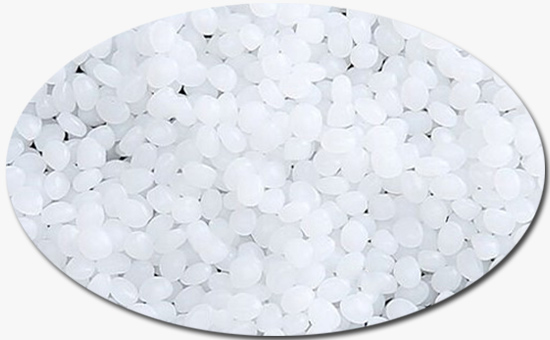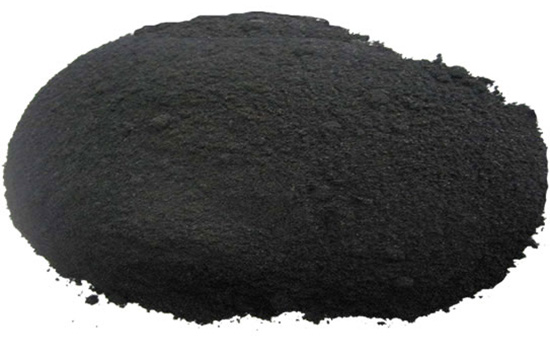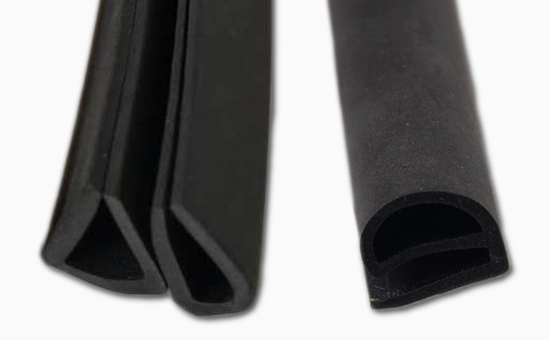
Plastic is one of the three major synthetic materials. The main component is natural or synthetic resin. It is polymerized by addition polymerization or polycondensation reaction at a specific temperature and pressure after adding various additives. It has high mechanical strength, impact resistance, light weight, Stable chemical properties, electrical insulation and other characteristics, easy to process. In actual production, plastics also have defects such as poor low temperature resistance, easy embrittlement, and easy deformation; proper use of reclaimed rubber powder can achieve good modification and toughening effects.
1. Common plastic varieties
Plastics can be divided into general plastics, engineering plastics and special plastics according to their uses. General plastics have the characteristics of large output, low price, wide use, and easy molding, including PE (polyethylene), PP (polypropylene), PVC ( There are five categories: polyvinyl chloride), PS (polystyrene), and ABS (acrylonitrile-butadiene-styrene copolymer). In actual production, general-purpose plastics can be blended with reclaimed rubber powder, and processed into various products by molding, laminating, calendering, main color, and extrusion.

2. The amount of rubber powder in plastic
The rubber powder can be mixed with polyethylene, polyvinyl chloride, polypropylene, polystyrene and other thermoplastic elastomers in any amount, and the rubber powder is used as the base material to prepare the rubber powder toughened plastic. For example, when polystyrene is mixed with about 20% reclaimed rubber powder, the impact toughness of the material is significantly improved.
3. Plastic/rubber powder properties and blending process
Polyethylene: The properties of the blend of polyethylene and rubber powder vary with the blending ratio. When the non-vulcanized blending process is used, the properties of the blend, such as hardness and tensile strength, will vary with the content of polyethylene in the blend. Increase and improve.

Polypropylene: After adding fine rubber powder to polypropylene, it can significantly improve the toughness of the plastic and improve the impact resistance. In actual production, the rubber powder is modified in advance with a compatibilizer, and then blended with polypropylene. The reclaimed rubber powder 2YLYY112 has a more obvious effect of toughening polypropylene. By reacting and blending polypropylene, rubber powder, cross-linking agent and fillers, thermoplastic elastomers with lower density, lower price and more convenient processing than rubber can be prepared, which are widely used in the production of industrial products, especially leisure and sporting goods.
Reclaimed rubber powder is one of the main ways of recycling waste rubber, and its processing technology is simpler and environmentally friendly. Choosing suitable reclaimed rubber powder to toughen different plastics can not only improve the overall performance of the blended materials, reduce costs, but also solve some of the waste rubber pollution problems. The editor will continue to discuss related issues with you later.
Exclusive original article [commercial authorization] reprint, excerpt and excerpt in any form are prohibited without written authorization. Focus on Hongyun rubber: learn the process formula and raw material technology of producing rubber products from recycled rubber to help you reduce costs and increase profits